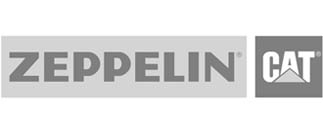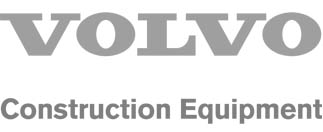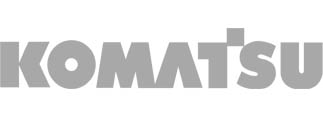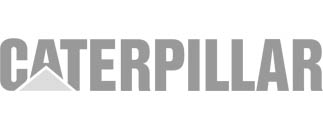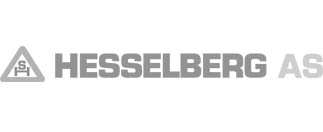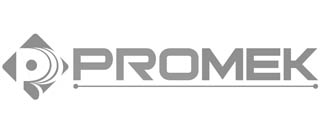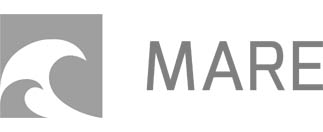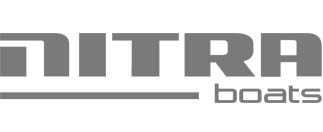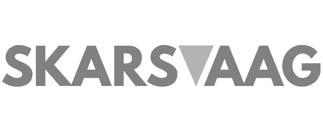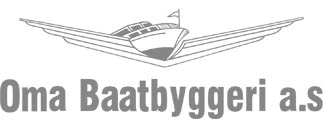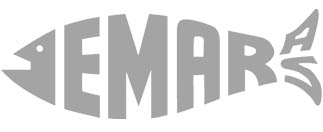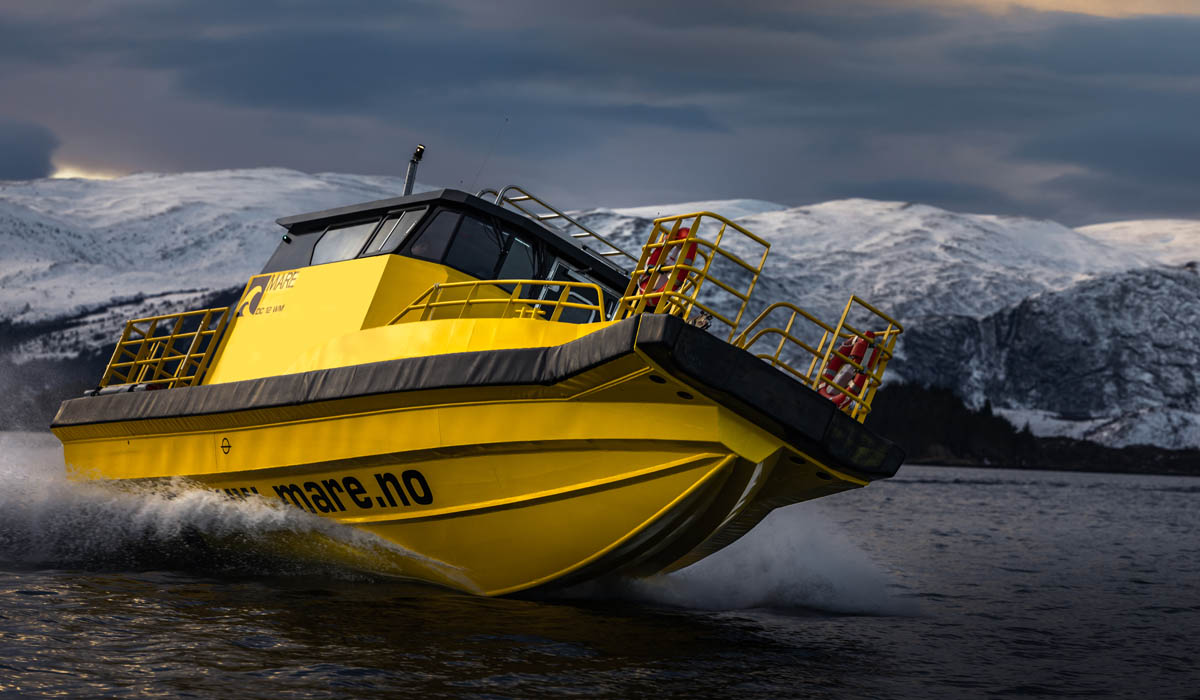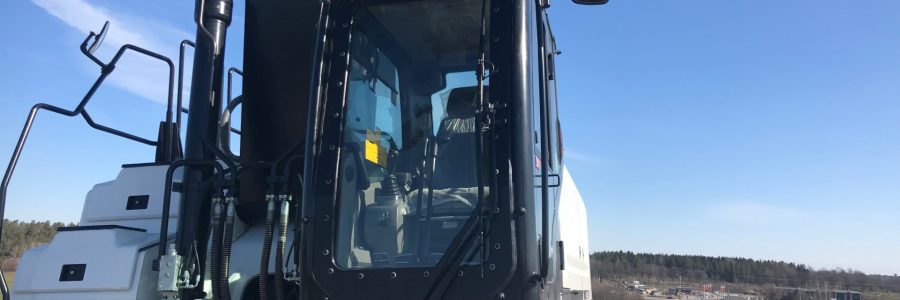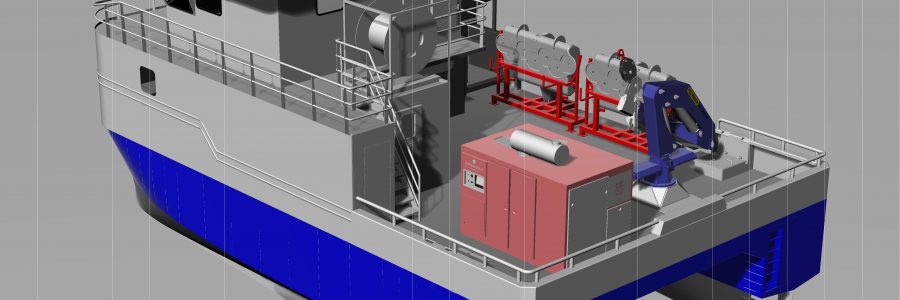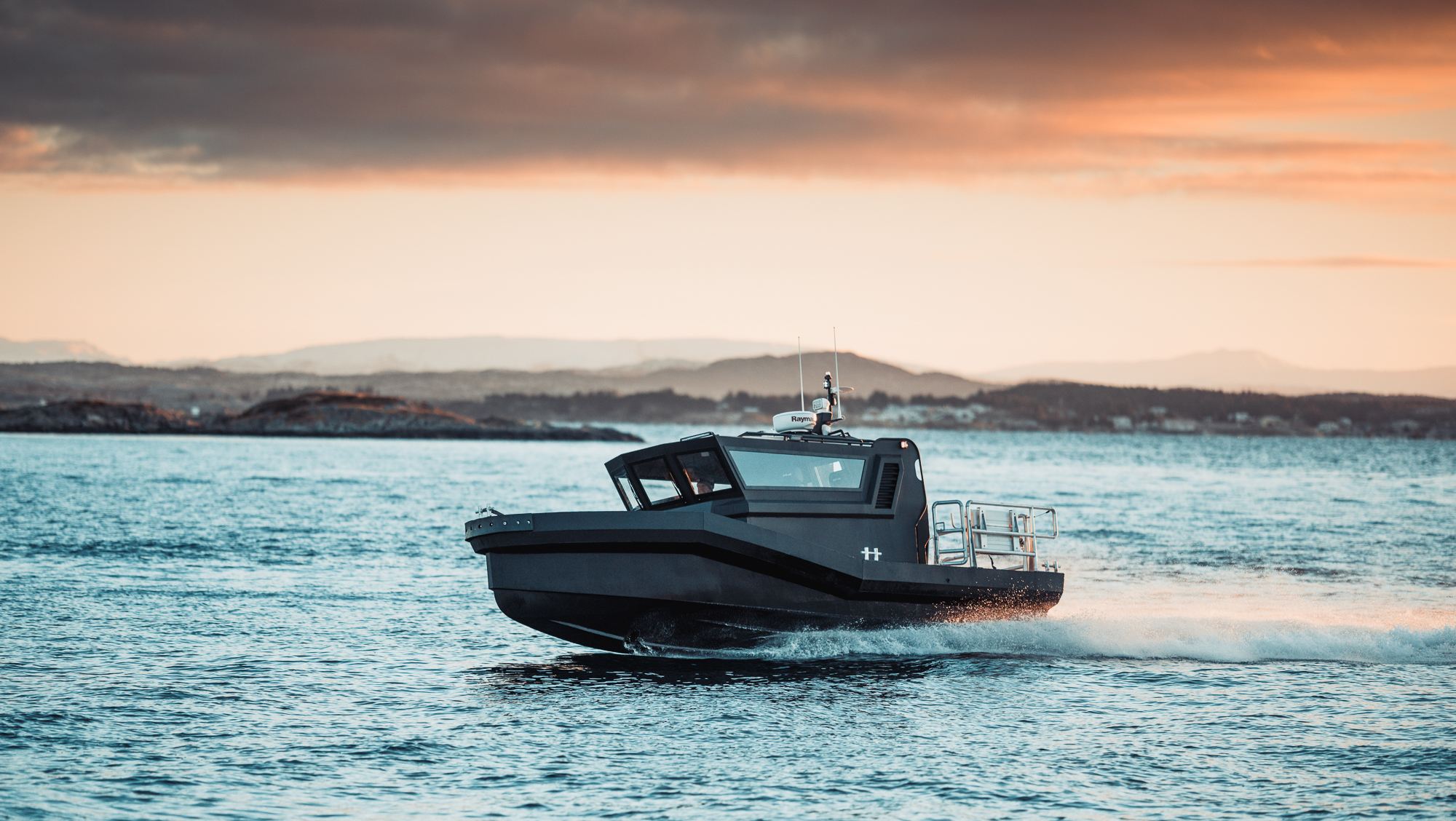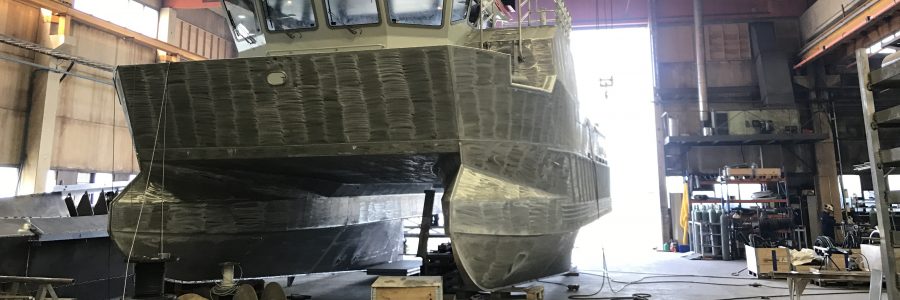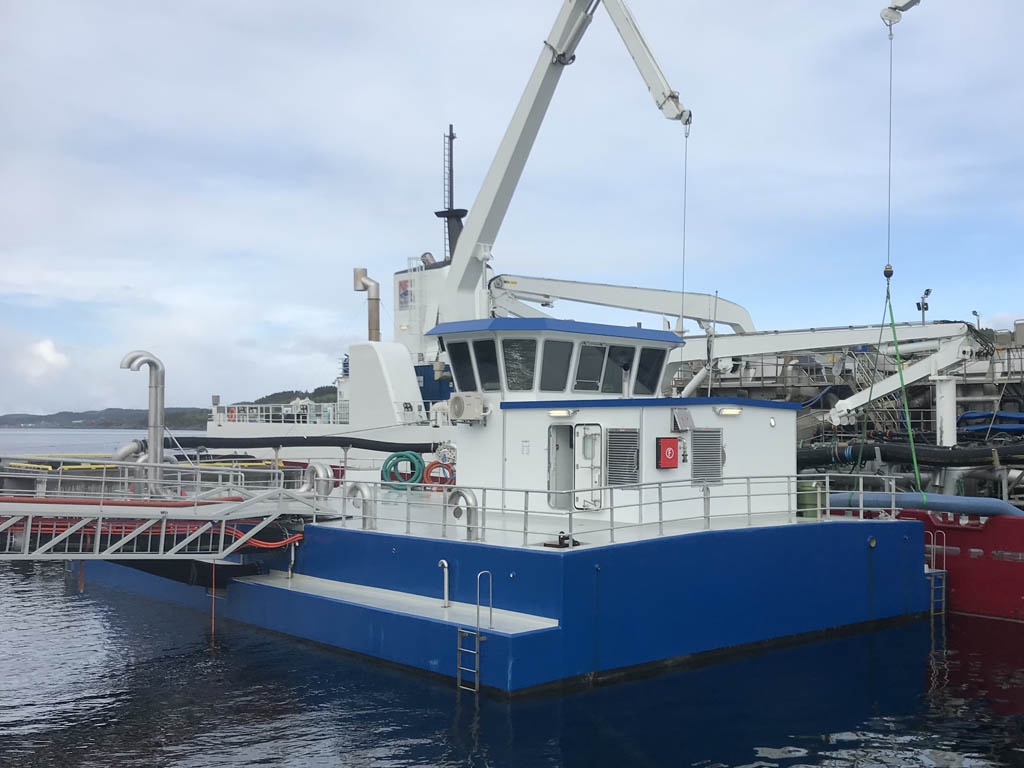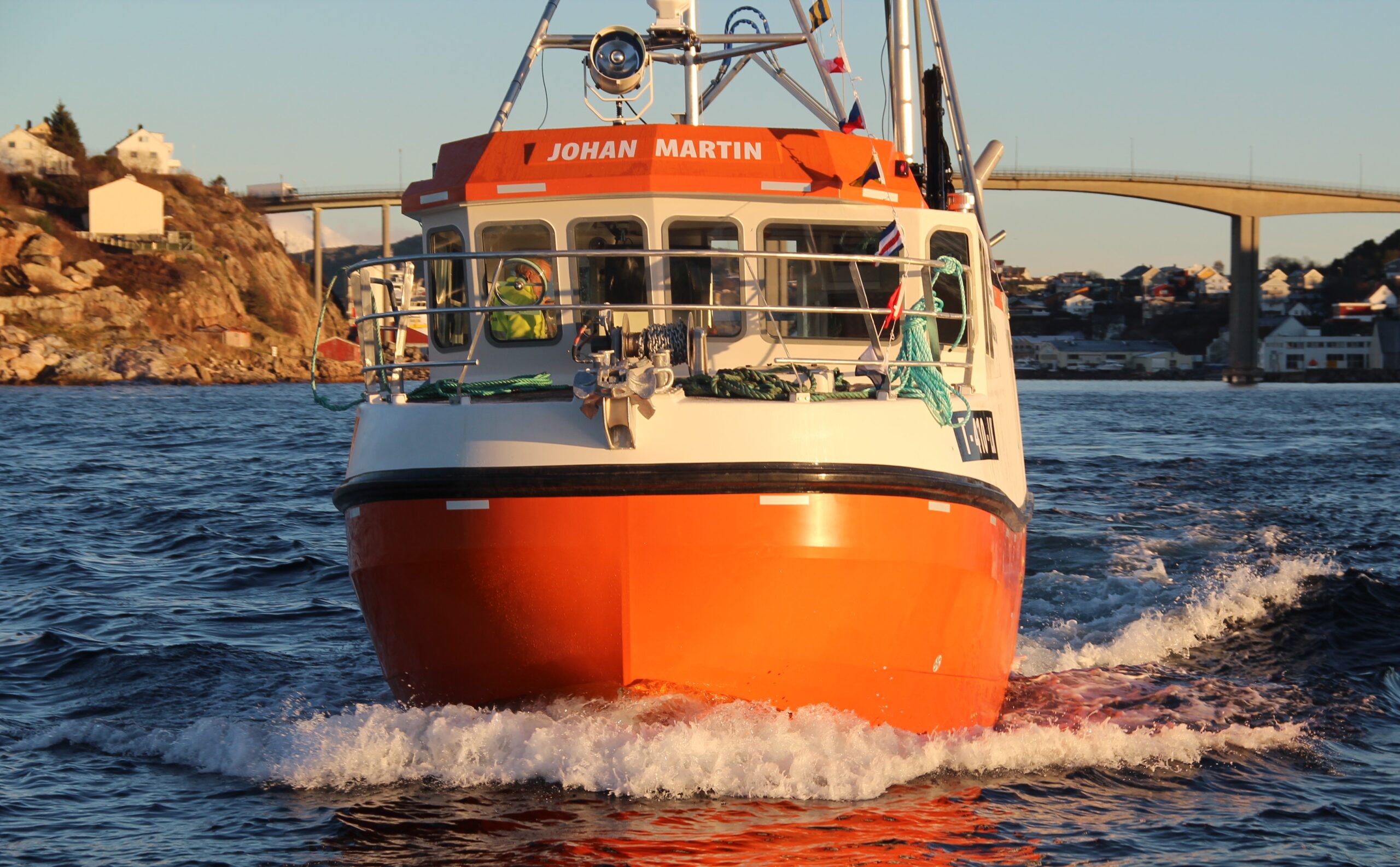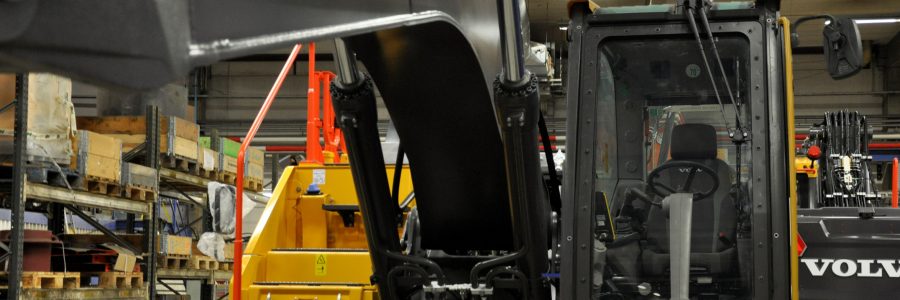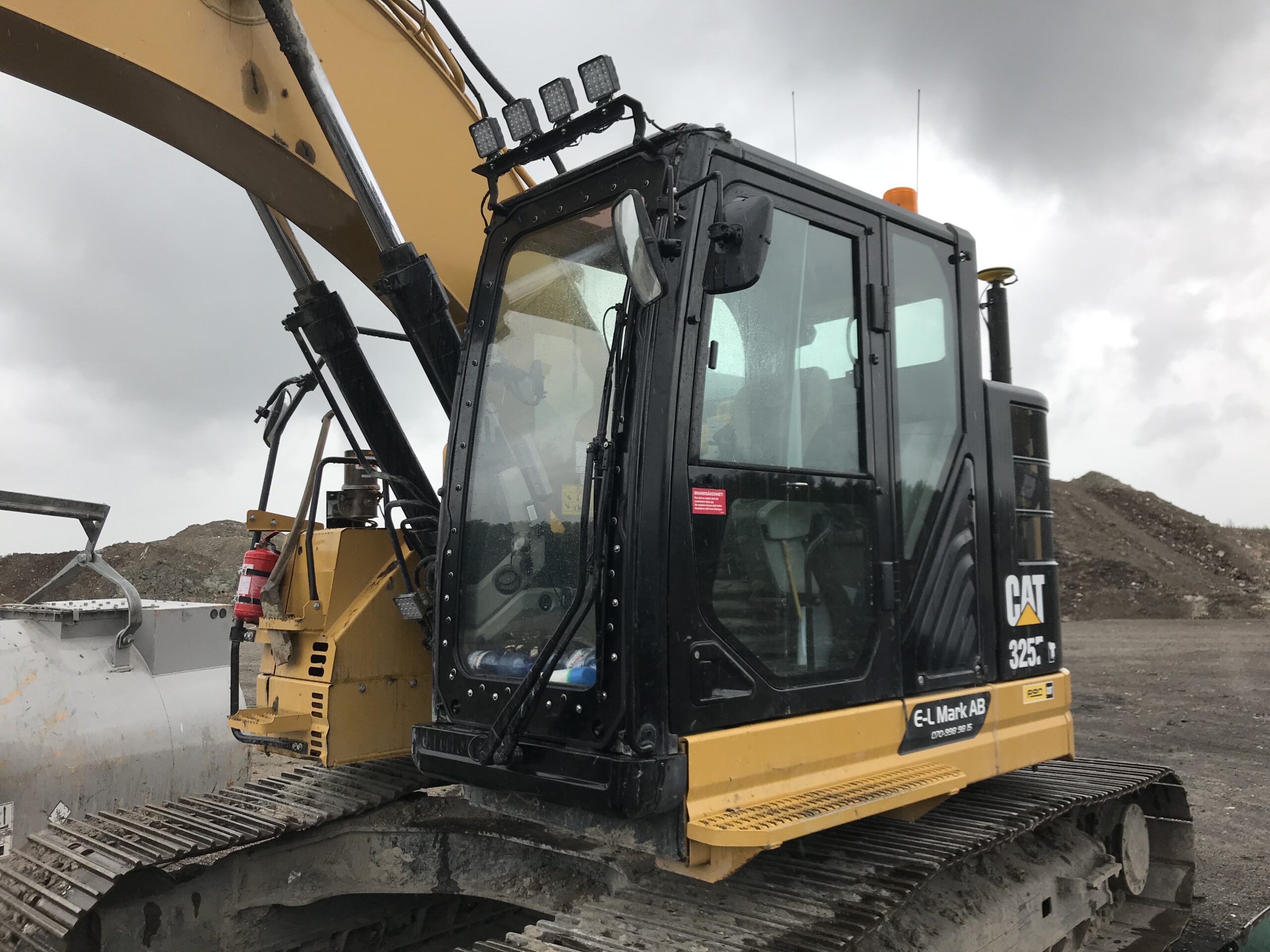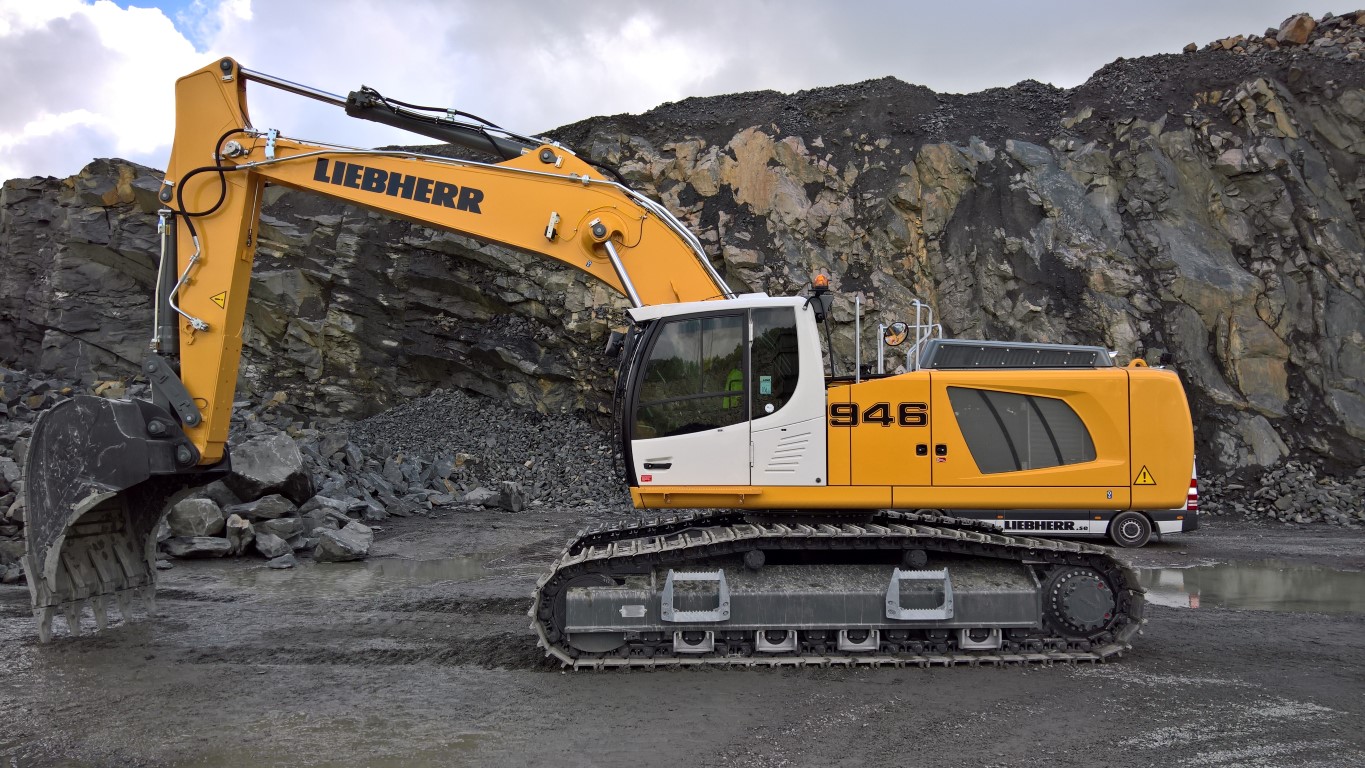A few details about genuine safety glass.
Using genuine safety glass in work vehicles and ships should be a matter of course. But there are a lot of misconceptions out there, so let’s take a closer look at this fantastic material.
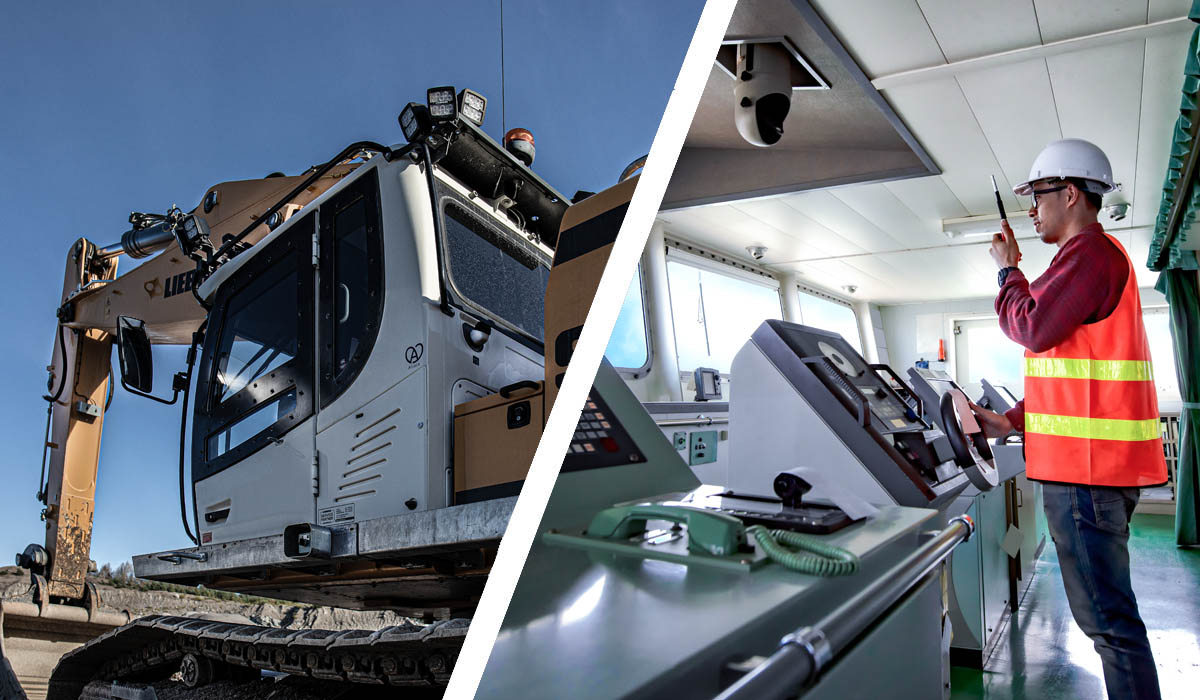
enuine safety glass may only be tested and certified by an accredited body for use in work vehicles or ships. Accredited bodies are appointed and controlled by the state.
here are several types of glass that are suitable for different applications. The most common are ordinary glass, tempered glass, and laminated glass (genuine safety glass). Polycarbonate is often mentioned in these contexts, but this is plastic – not glass.
Ordinary glass
Typically used in windows for buildings. Breaks easily and shatters into many sharp and pointed pieces of glass that can cause serious injury.
Tempered glass
Five times stronger than ordinary glass. Unsuitable for work vehicles, for example, because when it breaks it shatters into thousands of pieces.
Laminated glass
Laminated glass, also known as genuine safety glass, consists of several sheets of glass with a kind of plastic foil in between each sheet. This means that when the glass is hit hard, for example, it holds shards of glass together. This eliminates the risk of personal injury almost entirely.
Polycarbonate
Polycarbonate is plastic, rather than glass. Plastic can become distorted and restrict the field of view. It easily becomes statically charged and attracts dust. It is also sensitive to scratches and may turn yellow over time.
Strigin genuine safety glass
Our safety glass is a laminated safety glass that consists of different thicknesses of float glass and a laminating foil between each layer of glass. The structure and thickness of the glass we provide differs depending on the desired safety class and required level of protection.
The importance of using approved safety glass
An approved glass construction must always be tested in accordance with the standards that apply to the relevant application. European standards apply in Sweden.
Tests are performed in many different ways, such as falling steel bearings, automated axe machines, ballistic weapons, and explosives.
NB: tests and certifications may only be conducted by accredited bodies on glass for use in work vehicles, for example. Accredited bodies are appointed and controlled by the state.
Strigin genuine safety glass is tested and certified BR4NS according to SSEN 1063, and EXR3 according to SS-EN 13124-2:2004 and SS-EN 13123-2:2004.
Inspection of glass during assembly
Required viewing distance is three metres in normal daylight and without direct sunlight, which amplifies any errors. Flaws and other defects that are not clearly visible in normal daylight from this distance are not a justifiable basis for returns or replacements.
Flaws and other defects that are only visible during certain seasons, in a specific light or at a specific time of day, are not accepted as faults.
In the event of accident
t’s unlikely, but safety glass can break. If it does break for some reason, we offer customers a new window via an exchange system in co-operation with most leading insurance companies. We provide customers with replacement reconditioned windows. This means that we recycle windows for customers instead of them having to buy new. This significantly reduces costs and in many cases, customers only need to pay the excess of their insurance premium.
Cleaning safety glass
Safety glass must be cleaned with a pH-neutral detergent, plenty of water and a soft cloth or rubber scraper. A mixture of one part vinegar to 10 parts water is an effective and gentle cleanser.
Keep in mind that dirt and gravel on tools may cause scratches, and that acidic and alkaline cleaners can damage glass.
Substances that damage glass include:
- All alkaline solutions
- Cement and concrete water
- Sodium silicates
- Hydrofluoric acid (included in some facade cleaners)
- Rust water (causes stains)
- Copper (emits copper carbonate that causes green spots)
When stored outdoors, glass must always be protected from direct sunlight, rainwater, and cement dust. Spray from welding and angle grinders causes surface damage to glass that cannot be removed because it burns into the surface of the glass.
A few details about genuine safety glass.
Using genuine safety glass in work vehicles and ships should be a matter of course. But there are a lot of misconceptions out there, so let’s take a closer look at this fantastic material.


enuine safety glass may only be tested and certified by an accredited body for use in work vehicles or ships. Accredited bodies are appointed and controlled by the state.
here are several types of glass that are suitable for different applications. The most common are ordinary glass, tempered glass, and laminated glass (genuine safety glass). Polycarbonate is often mentioned in these contexts, but this is plastic – not glass.
Ordinary glass
Typically used in windows for buildings. Breaks easily and shatters into many sharp and pointed pieces of glass that can cause serious injury.
Tempered glass
Five times stronger than ordinary glass. Unsuitable for work vehicles, for example, because when it breaks it shatters into thousands of pieces.
Laminated glass
Laminated glass, also known as genuine safety glass, consists of several sheets of glass with a kind of plastic foil in between each sheet. This means that when the glass is hit hard, for example, it holds shards of glass together. This eliminates the risk of personal injury almost entirely.
Polycarbonate
Polycarbonate is plastic, rather than glass. Plastic can become distorted and restrict the field of view. It easily becomes statically charged and attracts dust. It is also sensitive to scratches and may turn yellow over time.
Strigin genuine safety glass
Our safety glass is a laminated safety glass that consists of different thicknesses of float glass and a laminating foil between each layer of glass. The structure and thickness of the glass we provide differs depending on the desired safety class and required level of protection.
The importance of using approved safety glass
An approved glass construction must always be tested in accordance with the standards that apply to the relevant application. European standards apply in Sweden.
Tests are performed in many different ways, such as falling steel bearings, automated axe machines, ballistic weapons, and explosives.
NB: tests and certifications may only be conducted by accredited bodies on glass for use in work vehicles, for example. Accredited bodies are appointed and controlled by the state.
Strigin genuine safety glass is tested and certified BR4NS according to SSEN 1063, and EXR3 according to SS-EN 13124-2:2004 and SS-EN 13123-2:2004.
Inspection of glass during assembly
Required viewing distance is three metres in normal daylight and without direct sunlight, which amplifies any errors. Flaws and other defects that are not clearly visible in normal daylight from this distance are not a justifiable basis for returns or replacements.
Flaws and other defects that are only visible during certain seasons, in a specific light or at a specific time of day, are not accepted as faults.
In the event of accident
t’s unlikely, but safety glass can break. If it does break for some reason, we offer customers a new window via an exchange system in co-operation with most leading insurance companies. We provide customers with replacement reconditioned windows. This means that we recycle windows for customers instead of them having to buy new. This significantly reduces costs and in many cases, customers only need to pay the excess of their insurance premium.
Cleaning safety glass
Safety glass must be cleaned with a pH-neutral detergent, plenty of water and a soft cloth or rubber scraper. A mixture of one part vinegar to 10 parts water is an effective and gentle cleanser.
Keep in mind that dirt and gravel on tools may cause scratches, and that acidic and alkaline cleaners can damage glass.
Substances that damage glass include:
- All alkaline solutions
- Cement and concrete water
- Sodium silicates
- Hydrofluoric acid (included in some facade cleaners)
- Rust water (causes stains)
- Copper (emits copper carbonate that causes green spots)
When stored outdoors, glass must always be protected from direct sunlight, rainwater, and cement dust. Spray from welding and angle grinders causes surface damage to glass that cannot be removed because it burns into the surface of the glass.
Quick facts
-
Laminated safety glass
-
Full certification
-
Suitable for all vehicles, ships and buildings
-
Does not distort the field of view
-
Does not attract dust and dirt
-
Exchange programme: a flexible insurance solution
